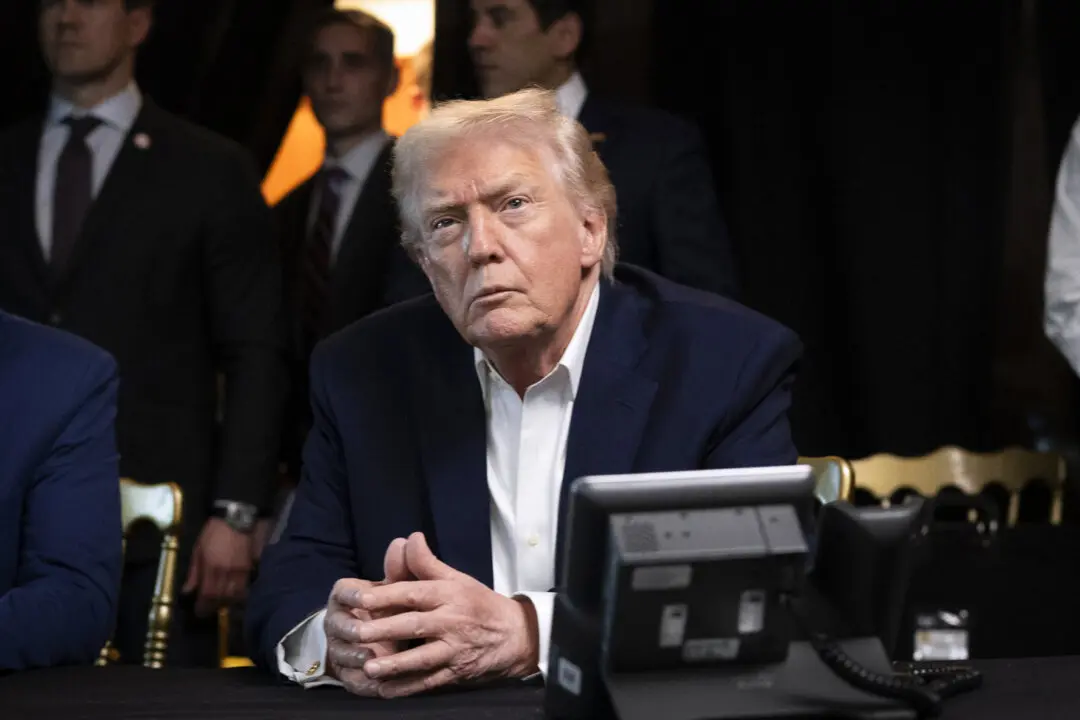South Korea will consider terminating a 2018 inter-Korean military agreement if North Korea’s military makes further incursions into its airspace, according to a South Korean official, following the North’s recent drone intrusion.
North Korea sent five drones across the Demarcation Line separating the two Koreas on Dec. 26, with one drone briefly entering a 3.7-kilometer (2.2 miles) radius no-fly zone surrounding South Korea’s presidential office.





